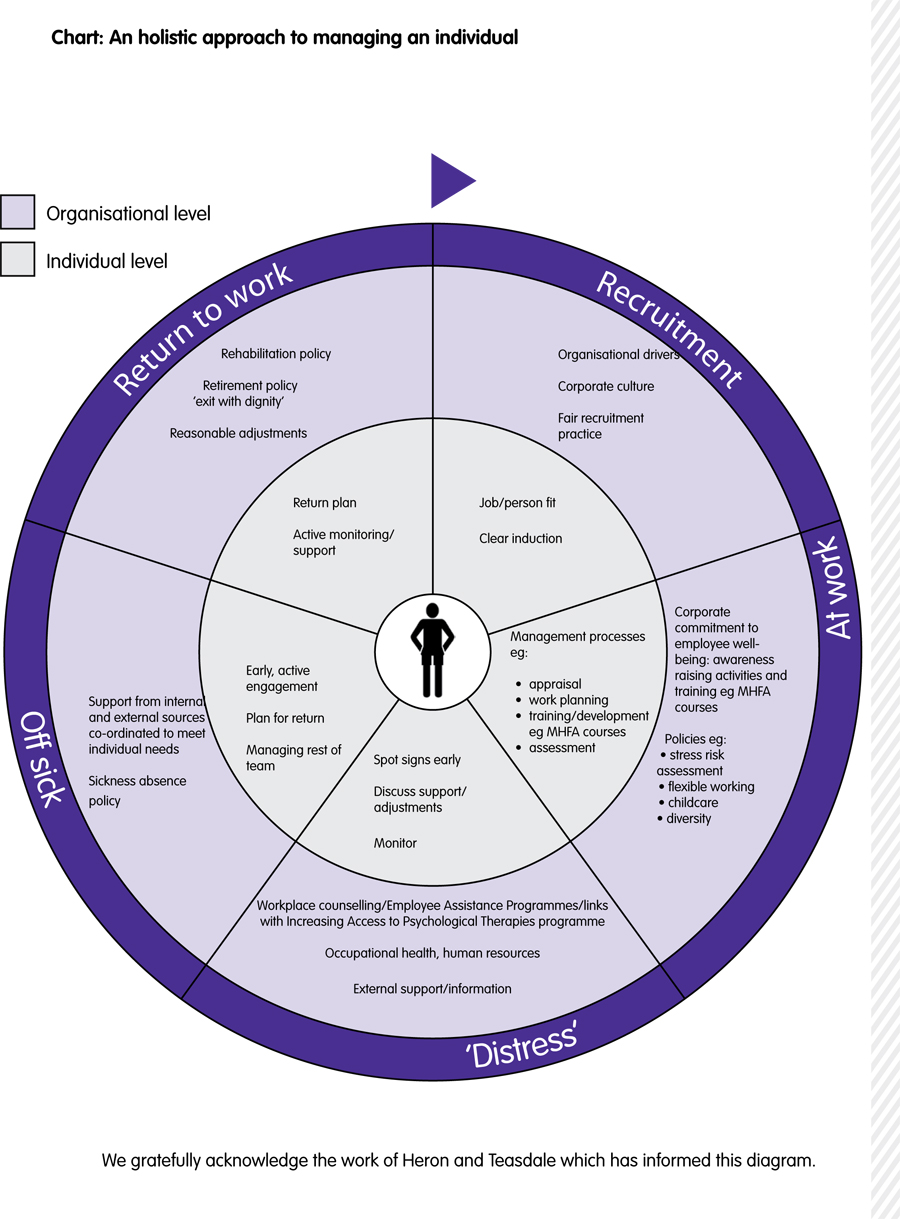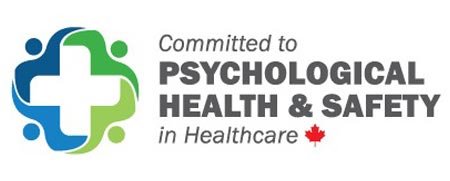When it comes to mental health issues in the workplace, what is your management style? How would you rate your mental health issue competency? How do you handle the stress? Managing Mental Illness in the workplace is a holistic approach of monitoring ourselves, supporting the employee, and contributing to the implementation of organization policies and programs. This section of the toolkit will provide you with the tools to begin this process.
Employees who experience high demand, low control, high effort, and low reward in the workplace are more likely to suffer the adverse psychological and physical consequences. The “costs of these consequences are staggering” whether it is experience by the individuals or the impact on the organization.
Watch the National Geographic: The Science of Stress to get a better understanding of the health and performance impact
If you need a better understanding of the current theory behind managing workplace stress watch this video which explains the main causes of workplace stress and ways to tackle the problem.
Did you know that Canada Safety Council found 80% of bullies are bosses, some are coworkers and a small number of bullies are higher-ups. Let’s take a moment to reflect on our own behaviors. Here are some tools to support you in better understanding yourself as a manager who may have to help support and work with others who have mental health issues:
- Manager Competency Indicator Tool – to allow managers to assess whether they currently have the behaviors identified as effective for preventing and reducing stress at work
- Managing Emotions Skills Assessment for Managers
- Assessing How Your Management Style Contributes to Staff Wellbeing and Performance
- Exercise: Envision Others’ Evaluations Exercise
- Connecting two Canadian frameworks: The LEADS in a Caring Environment Capabilities Framework and the National Standard for Psychological Health and Safety in the Workplace
Where do we go from here? Look at the other sections for the packages that will provide you with comprehensive information on how to continue to monitor your own stress, how to assess your program’s ability to support individuals with mental health issues and decrease the potential for harm, and support your organization in changing the stigma against mental health issue in the workplace.






